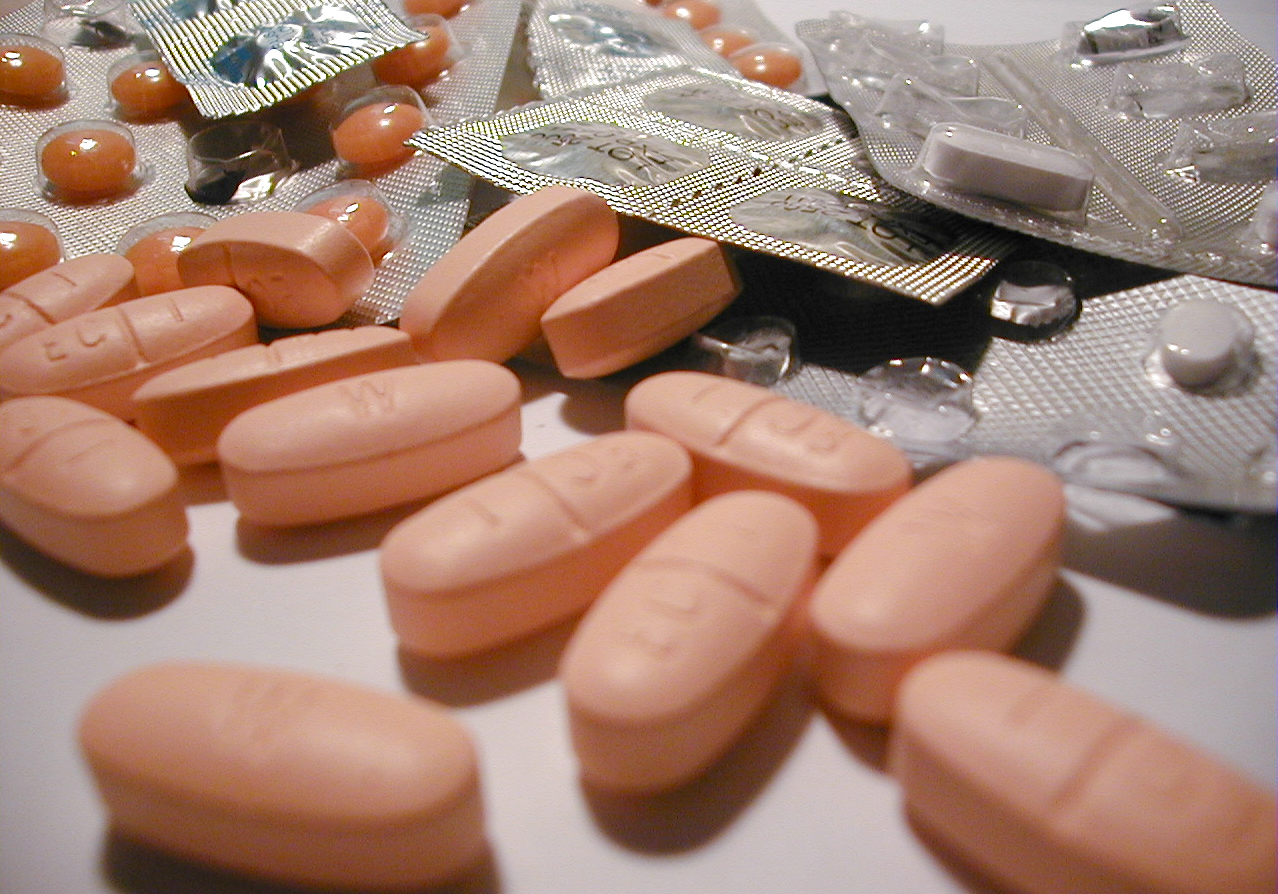An adverse drug reaction (ADR) is an unwanted or harmful reaction to a specific medication under normal conditions. Patients who experience an ADR will often need to have their dose reduced, or stop taking their medication altogether.
Classification of adverse drug reactions
Adverse drug reactions are classified into five different types, A-E. Type A and type B are the most commons ones.
Let’s look at each type individually:
Type A Reactions
Type A (augmented) reactions happen when a drug’s normal pharmacological actions are exaggerated, even when the usual therapeutic dose is administered. Examples include bleeding with warfarin and respiratory depression with opioids. Type A reactions also include those that are not related directly to the desired pharmacological action of the drug. An example of this would be a dry mouth having taken tricyclic antidepressants.
Type B Reactions
Type B (bizarre) reactions are highly unusual responses that are not expected from the known pharmacological actions of the drug. They may only come to light once the drug is in general circulation. Examples include skin rashes with antibiotics and anaphylaxis with penicillin.
Type C Reactions
Type C, or ‘continuing’ reactions, carry on for a relatively long time. An example is osteonecrosis of the jaw with bisphosphonates.
Type D Reactions
Type D, or ‘delayed’ reactions, only become apparent after the patient has been using a particular medication for some time.
![]()
The timing of type D reactions can make them more difficult to detect. An example is leucopoenia, which can occur up to six weeks after a dose of lomustine.
Type E Reactions
Type E – also known as ‘end-of-use’ reactions – occur when a patient is withdrawing from a medicine. An example would be anxiety, insomnia and perceptual disturbances following the withdrawal of benzodiazepines.
These topics and more are covered in two of PDUK’s most popular courses
The first is our Annual NMP V300 update course.
All non-medical prescribers must complete a yearly refresher once they’ve passed the initial NMP V300 course to qualify as a non-medical prescriber. Healthcare professionals this will likely apply to include:
- First-level nurses, midwives and/or specialist community public health nurses, registered with the Nursing and Midwifery Council (NMC)
- Pharmacists registered with the General Pharmaceutical Council (GPhC)
- Physiotherapists, podiatrists, chiropodists, dieticians, paramedics or diagnostic/therapeutic radiographer registered with the Health and Care Professions Council (HCPC)
This one-day online course is worth 8 hours of CPD with all course material, evaluations and a certificate provided. Spaces are limited so it’s well worth getting in touch and signing up today.
The other course is Medicines optimisation in Hypertension and Heart Failure. Worth 4 hours of CPD over half a day, it’s ideal for nurses and allied health professionals who need to stay current in this field. Focusing on pharmaceutical management of patients with hypertension and cardiac failure, it also looks at important issues that NMPs deal with regularly, such as polypharmacy and patient monitoring.
Again, as it’s held online the course is ideal for interactive learning that fits around other commitments. But it is incredibly popular so we recommend signing up as soon as possible.


